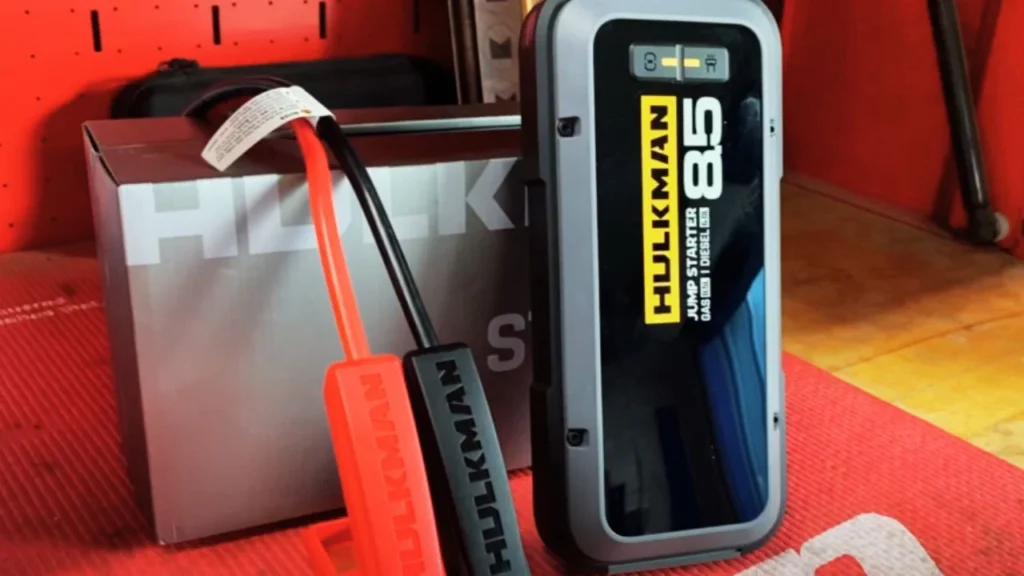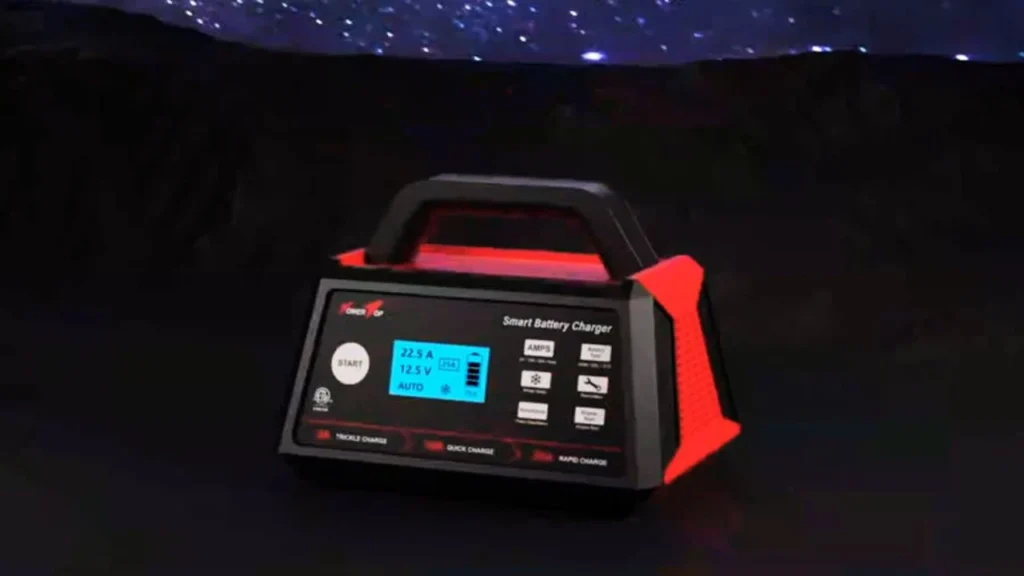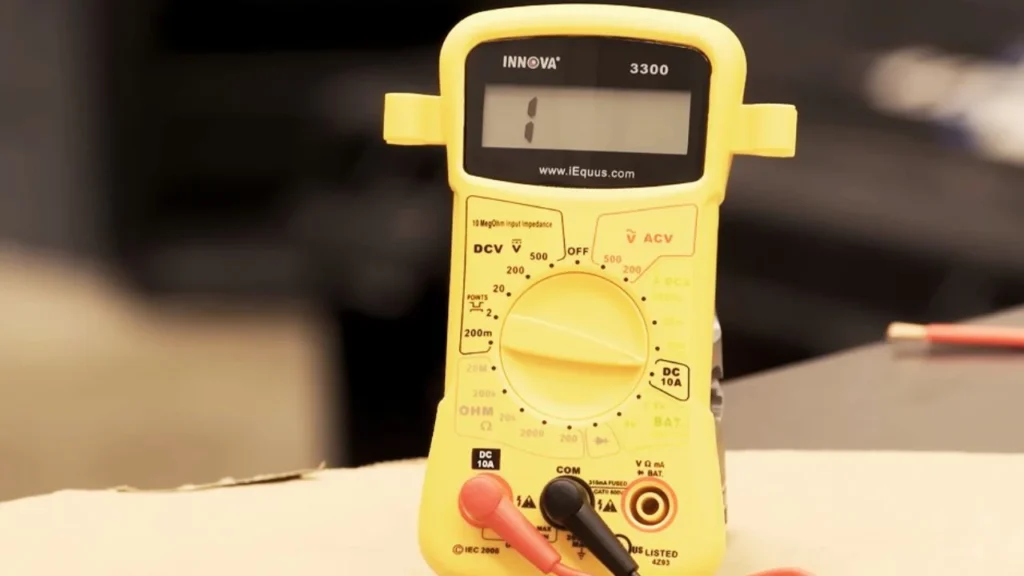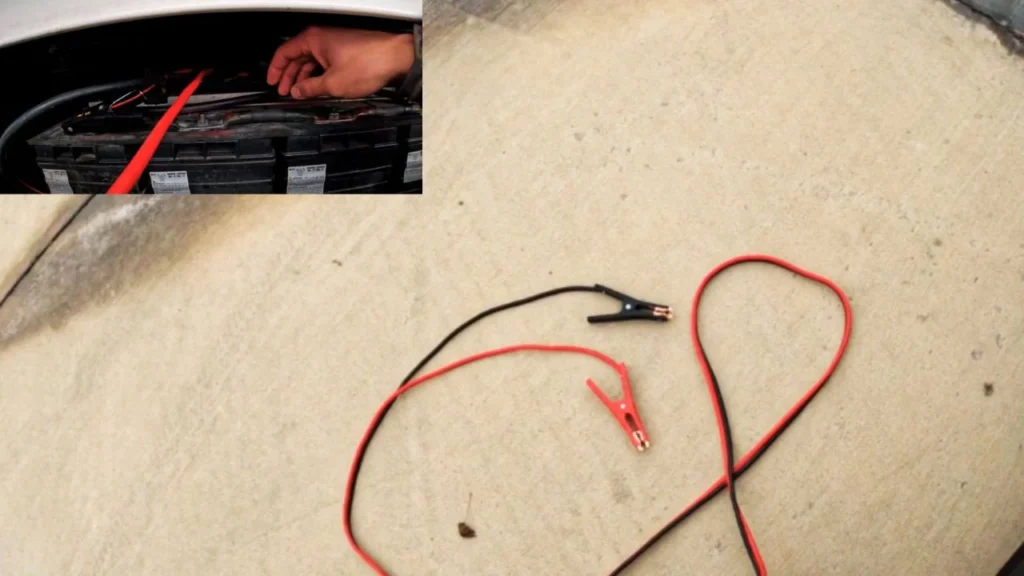If your battery is too weak, a heavy-duty battery charger with at least 10 amps output can bring it back to life before a jump. This is useful when the battery has drained too much to start even with a jump. For a reliable solution, consider using High-Performance EV Battery Boosters to power up quickly and get back on the road.
Quick Fix
A 1,500+ amp jump starter is the best option, but heavy-duty 0 to 4 gauge jumper cables work too. For the best way to jump-start a semi-truck, connect properly, let it charge for 10 to 15 minutes, then start the engine. If it fails, check connections or try again. If you’re dealing with a diesel truck, having the right jump starter for diesel trucks can make all the difference. Learn more about why a Car Starts With Jump, Then Dies and how to fix it.
Comparison Table: Best Ways to Jump-Start a Semi Truck
Tools You Need
Before you jump-start your semi-truck, you need the right tools. Missing even one can turn a simple job into a long, frustrating delay. Make sure you have the best jump starter for diesel trucks to get back on the road without hassle. Here’s exactly what you should have.
Heavy-Duty Jumper Cables

Regular car cables won’t cut it for a semi-truck. You need 0 to 2-gauge thickness, at least 20 to 25 feet long, with strong clamps rated for 500+ amps to ensure a solid grip. Weak cables can slow down the jump-start or fail completely, leaving you stranded longer.
Portable Jump Starter (If No Other Truck is Available)

A jump starter with at least 3000 peak amps can be a lifesaver if no assisting truck is around. It should have a 24V output and a minimum 80,000 mAh capacity to handle multiple jump-starts. Built-in spark-proof and reverse polarity protection will keep your truck’s electrical system safe.
Safety Gear (Don’t Skip This!)

Safety is key when working with high-voltage batteries. A good pair of insulated gloves will protect against electric shocks, while safety glasses keep your eyes safe from sparks. A flashlight with at least 500 lumens is essential if you’re working at night or in bad weather. Following a How to Jump Start a Semi Truck guide ensures you take the right precautions and avoid potential hazards.
Battery Charger (For Weak Batteries)

If your battery is too weak, a heavy-duty battery charger with at least 10 amps output can bring it back to life before a jump. This is useful when the battery has drained too much to start even with a jump. For a reliable solution, consider using a lithium-ion jump starter to power up quickly and get back on the road.
Multimeter (To Check Battery Voltage)

A digital multimeter helps you check voltage levels before and after the jump-start. A healthy semi-truck battery reads 24V, but if it’s below 22V, you might need to charge it before attempting a jump-start. Following the right steps to jump start a semi truck ensures a safe and successful restart without damaging the battery or electrical system.
Step-by-Step Jump-Start Guide
Alright, buddy, let’s get this done fast and right. How to jump start a semi truck isn’t the same as a regular car since it has a 24-volt system. Follow these steps, and you’ll be rolling in no time.
Position the Trucks

Park both vehicles close but not touching keep at least 2 feet of space. Make sure both are in neutral, parking brakes are on, and all electronics are off. Find the battery box some trucks have it under the hood, others on the side. For a versatile solution, consider a Reliable Car Jump Starter with Integrated Air Pump to handle emergencies with ease.
Connect the Cables

How to Jump Start a Semi Truck begins with attaching the red cable to the dead battery’s positive terminal, then to the good battery’s positive terminal. Next, connect the black cable to the good battery’s negative terminal, then ground the other end on the metal frame of the dead truck, not the battery.
Start the Engine

Fire up the assisting truck and let it run for 10–15 minutes. Then, try starting the semi. If it clicks, wait another 5 minutes and try again. Once it starts, let it idle for 20 minutes to recharge the battery.
Remove the Cables

Take off the black cable from the frame, then from the assisting truck. Next, remove the red cable from the assisting truck, then from the semi. Keep the cables from touching metal to ensure a safe semi truck battery jump start.
Troubleshooting & Common Issues
1. Check Battery Connections
Dirty or loose terminals = no power.
- Scrub off corrosion with a wire brush + baking soda mix.
- Tighten the clamps loose cables won’t work.
2. Is the Battery Too Dead?
If your battery is 3-5 years old, it might be done for.
- Grab a multimeter healthy batteries should read 12.6V+.
- Below 12V? You probably need a new battery.
3. Alternator Could Be the Problem
If the truck starts, then dies = alternator might be dead.
- Look for a battery warning light on the dashboard.
- Dim headlights or flickering electronics? Bad sign.
4. Listen for Clicking Sounds
Click-click but no crank? Your starter is bad.
- Try tapping it with a wrench sometimes, that works.
5. Bad Ground Connection
A weak ground = failed jump-start.
- Make sure the negative cable is clamped to solid metal (not painted/rusty) when using a heavy-duty truck jump starter for a secure connection.
6. When to Call for Help
- Jumped it multiple times, still dead.
- Alternator, battery, and starter seem fine, but truck won’t crank.
- Smell burning or see smoke? Stop immediately.
Safety Tips & Mistakes to Avoid
- Avoid Sparks & Electrical Damage
- Don’t Use Weak or Cheap Jumper Cables
- Never Jump-Start Near Fuel or Leaks
- Don’t Rush Let the Dead Battery Charge
- Be Careful Where You Attach the Ground (Negative) Cable
- Don’t Ignore Warning Signs Know When to Call for Help
Battery Maintenance for Semi Trucks
1. Check Battery Voltage – A healthy battery should read 12.6V+ when fully charged. Below 12.2V? Time to charge or replace it.
2. Keep Terminals Clean – Corrosion messes up connections. Check monthly and clean with baking soda + water.
3. Drive Long Enough – Run your truck at least 30 mins after starting so the alternator can charge properly.
4. Watch for Warning Signs – Slow start, dim lights, clicking noise? If your battery is 3+ years old, it’s on borrowed time.
5. Avoid Draining Power – Leaving lights/radios on with the engine off can kill your battery in 8-12 hours. Shut everything down!
6. Test the Alternator – It should charge at 13.5-14.5V when running. Anything lower? The alternator could be the real issue.
7. Replace Before It Dies – A semi-truck battery lasts 3-5 years. Don’t wait until it leaves you stranded.
Key Takeaways
- Always use the right tools like heavy-duty jumper cables (0 to 4 gauge) or a 1,500+ amp portable jump starter.
- Follow the correct steps by positioning the trucks properly, connecting cables in order, and disconnecting safely.
- Maintain your battery by checking voltage (should be around 24V), cleaning terminals, and replacing it every 3 to 5 years.
Final Thoughts
Knowing how to jump start a semi truck can save you 2 to 3 hours of downtime and $100 to $300 in roadside assistance fees. With 0 to 4 gauge jumper cables or a 1,500+ amp jump starter, you can get back on the road in 10 to 15 minutes. Regular battery checks every 3 to 6 months help prevent issues.
FAQs
Q1. What is the correct way to jump start a semi truck?
To jump start a semi truck, position the assisting vehicle close, connect 0 to 4 gauge jumper cables in the right order, let the donor truck run for 10 to 15 minutes, then start the semi. Disconnect cables safely once the engine runs.
Q2. Can you jump start a semi truck with a car?
A car’s 12V battery usually doesn’t have enough power to start a 24V semi-truck. While possible in some cases, it’s unreliable and may take 30 minutes or more. A heavy-duty truck jump starter or another truck is a better option.
Q3. How many amps do you need to jump start a semi truck?
A semi-truck requires a jump starter with at least 1,500 to 3,000 amps, depending on the engine size. Larger diesel trucks may need a 3,000+ amp jump starter for a reliable boost.
Q4. How long should a semi truck run after a jump start?
After jump-starting, let the truck idle for 20 to 30 minutes to recharge the battery. Driving at highway speeds for 30+ minutes helps ensure the alternator fully charges the battery.




